How to grow your own strawberries
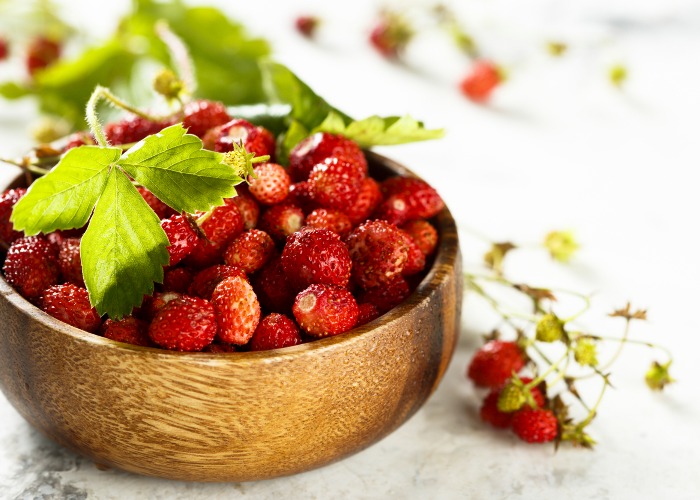
Growing your own strawberries is easier than you might think.
Swap the semi-ripened strawberries at the supermarket for homegrown ones and you’ll find a fruit packed with syrupy sugars and superior flavour.
The best thing about strawberries is that they’ll grow almost anywhere. From wellies and wheelbarrows to colanders and containers, a strawberry plant will give buckets of berries in any location with minimal effort.
From seed or seedling?
Unless you’re up for a challenge, strawberries are not worth growing from seed. It’s a bit like making your own yogurt – if we’re honest, it’s easier to buy it than start from scratch.
Strawberry seeds take up to a month to germinate, and many of them don’t even do that. What’s more, strawberry plants are so cheap and ubiquitous that’s it’s easy to pick up a pack of plug plants to grow-on at home. You can also order bare root strawberries online.
The best times to plant are April or September, in a sunny spot with lots of well-rotted compost dug in. But strawberries are unfussy. Most will tolerate shade and alpine strawberries (the wild or woodland strawberry) in fact prefer it.
Don’t plant where potatoes or tomatoes have been as they can pass on a soil born fungal disease called Verticillium Wilt.
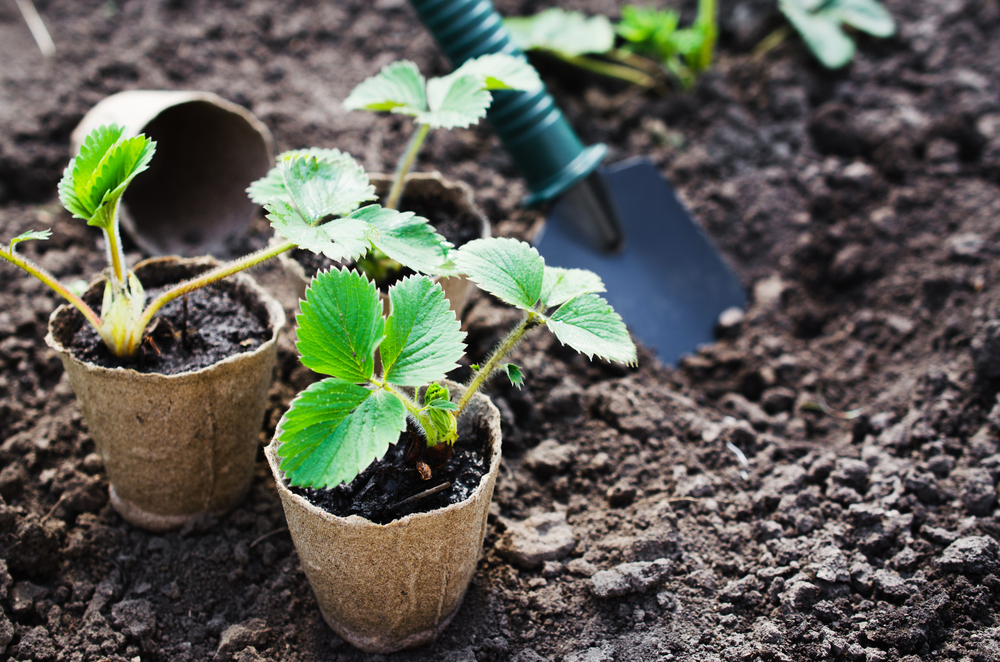 Rudenko Alla/Shutterstock
Rudenko Alla/Shutterstock
Which variety should you buy?
The key to a good strawberry harvest is to prolong the enjoyment for as long as possible. To do this, try to buy varieties that will crop at different times.
Alpine strawberries, for example, such as Baron Solemacher or Mara des Bois offer exquisite, small fruits from July to September. They’re lovely as an edging to paths or vegetable beds, and varieties such as Alexandria don’t produce runners (those long trailing stems with a baby plant at the end), so you won’t have little ones wandering off all over your garden.
Then there are heavy-cropping, summer fruiting varieties, which are ready early to mid-summer. Marshmello is a good choice, and Florence crops right up to the end of July.
Lastly, there’s ‘ever-bearing’. This is a bit of a misnomer because they don’t actually fruit all the time, but you can harvest from them for the longest period, roughly mid-May to early autumn. Malwina or Flamenco are reliable varieties.
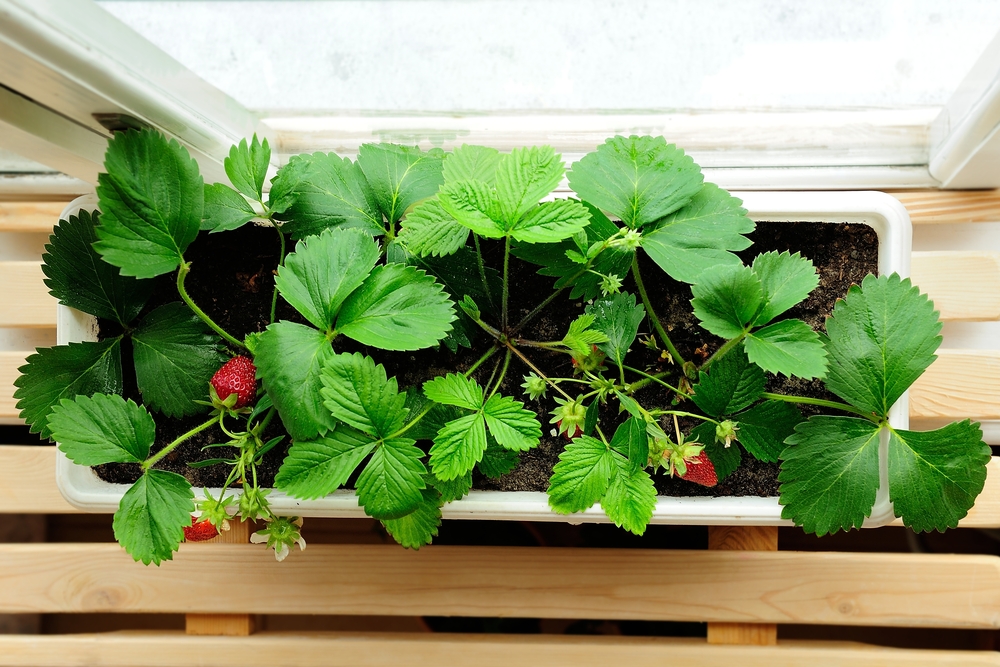 Anton Podrezov/Shutterstock
Anton Podrezov/Shutterstock
How do you care for strawberries?
The big mistake most people make with strawberries is to plant them too close together. The seedlings might look small, but given the right conditions they can make bushy plants. I like to leave at least 40–50cm around each plant to ensure I can pick easily and don’t squash all my prized fruits.
Simply dig a hole a little larger than the plant, pop it in and ensure the crown is at soil level. Then water well.
Aside from us (and the odd squirrel), the strawberry’s number one fan is the slug, so add copper collars or a little grit around the neck of each plant to deter them. This is why containers, preferably raised off the ground, are perfect for strawberries as the resultant crop goes in your mouth, rather than the mouths of the slugs and snails. There’s even a climbing strawberry called ‘Mount Everest’ that will clamber up a trellis.
In a 12-inch basket you can grow around three or four strawberry plants, but remember to add water retaining gel and slow release fertiliser to the compost mix. The plants will be relying on you entirely for their sustenance.
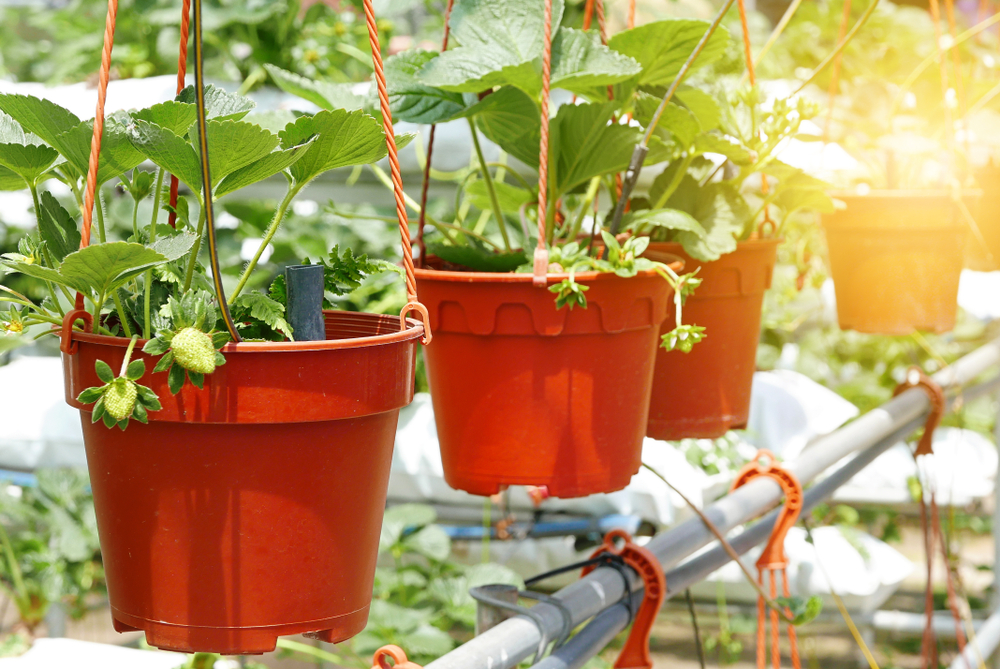 Faizal Ramli/Shutterstock
Faizal Ramli/Shutterstock
What can you do for bumper crops?
If you want your strawberries to rival the exhibition proportions of the berry blimps at the vegetable shows, there are a few strawberry secrets to success.
Food (a high potash or diluted tomato feed) and water are important, but avoid watering too much after flowering as this can cause rot.
Next, mulch. Whether it’s fabric, plastic or straw, a mulch around the roots of the plants helps threefold: it prevents soil splash and therefore rotting; it protects from late frosts; and it keeps weeds down.
Nets are also a good idea to prevent birds pecking at your berries but build a frame so the netting is held away from the fruit.
When harvesting, pick between noon and teatime while the air is warm and retain the green stalks on each berry to prevent spoiling.
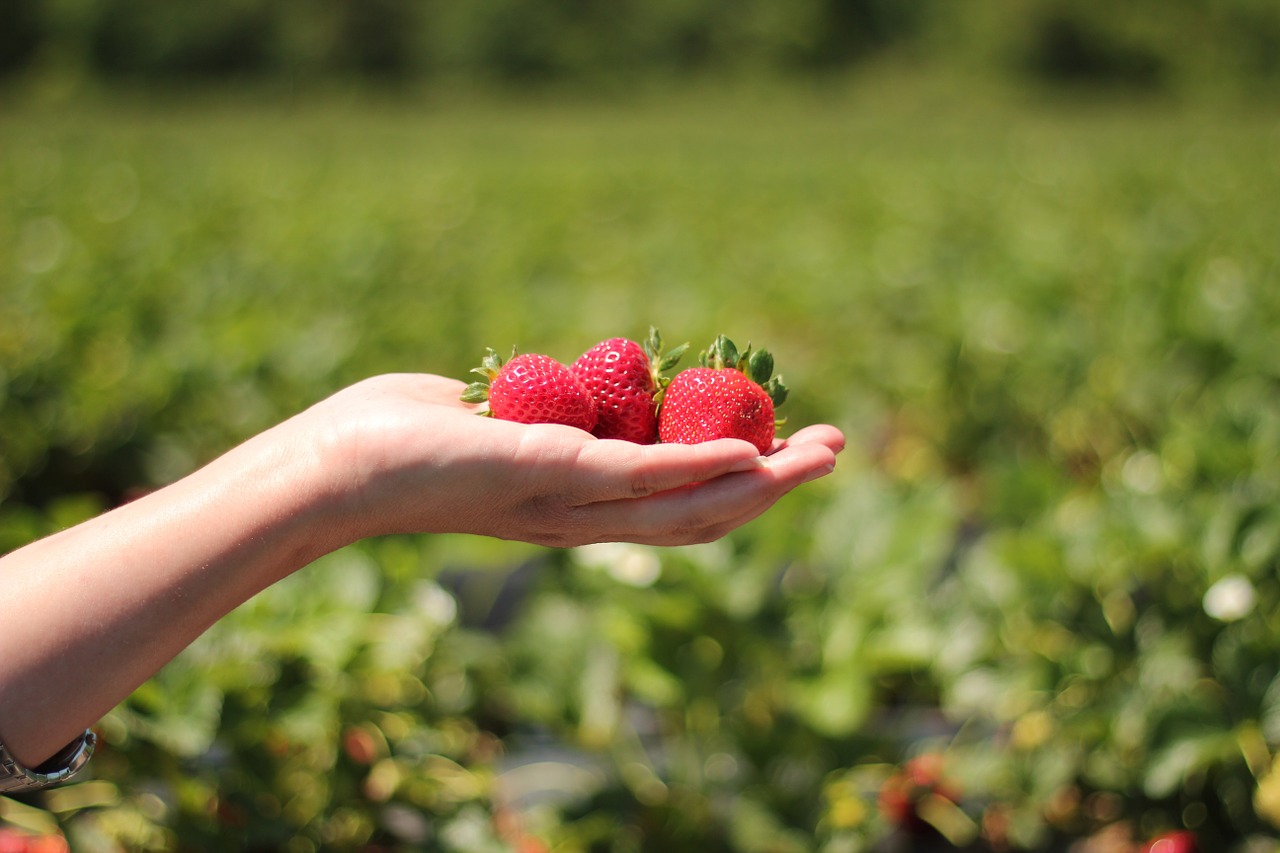 Pixabay/CCO
Pixabay/CCO
How do you prepare for the next season?
Strawberry beds should be rotated every three years so pests and diseases don’t build up.
Trim back the leaves of summer fruiting plants in July and remove and pot-up baby runners in August so you can build a new patch. Place them, still attached to the mother plant, in pots of compost sunk into the soil, anchored with a hoop of wire, and after two weeks you can cut the apron strings so they can grow alone.
What should you make with home-grown strawberries?
These are just a few of our favourite strawberry recipes.
Breakfast soufflé omelette with strawberries
Strawberry and banana smoothie
Raymond Blanc's strawberry crumble
Header image Pixabay/CC0
You might also like:
Comments
Be the first to comment
Do you want to comment on this article? You need to be signed in for this feature